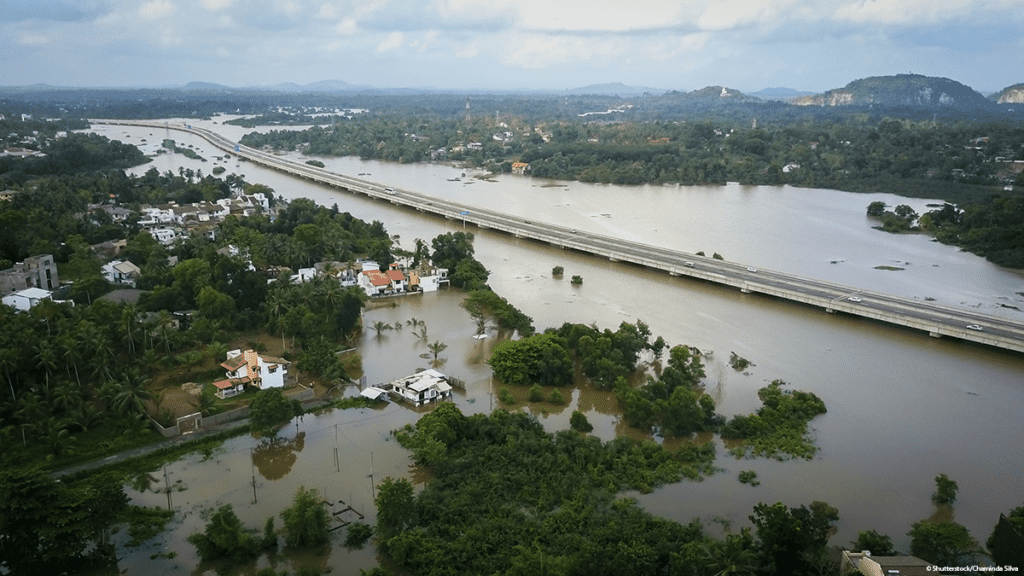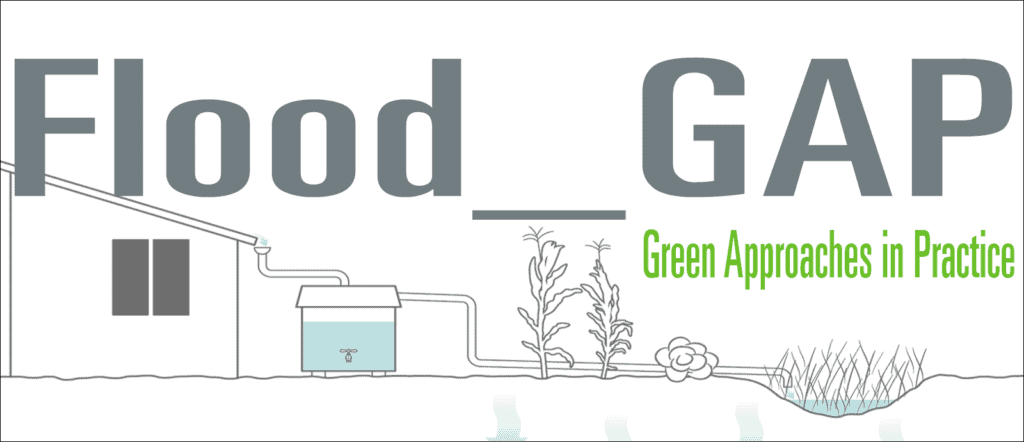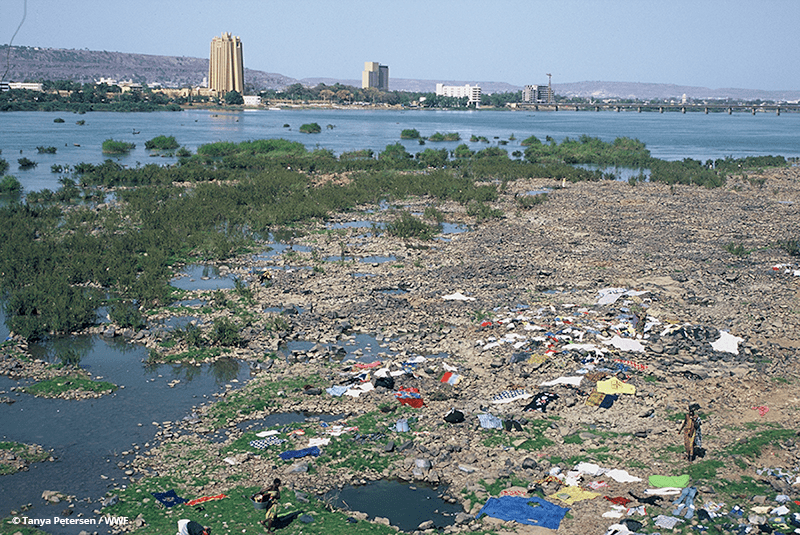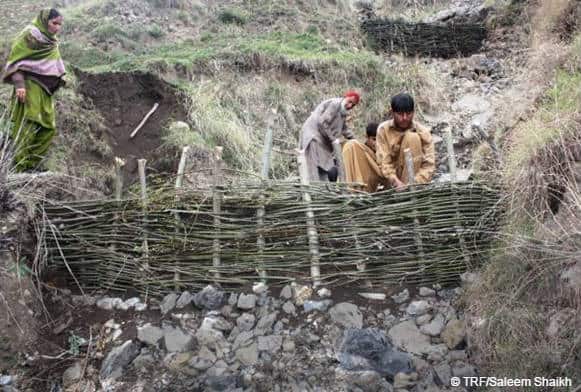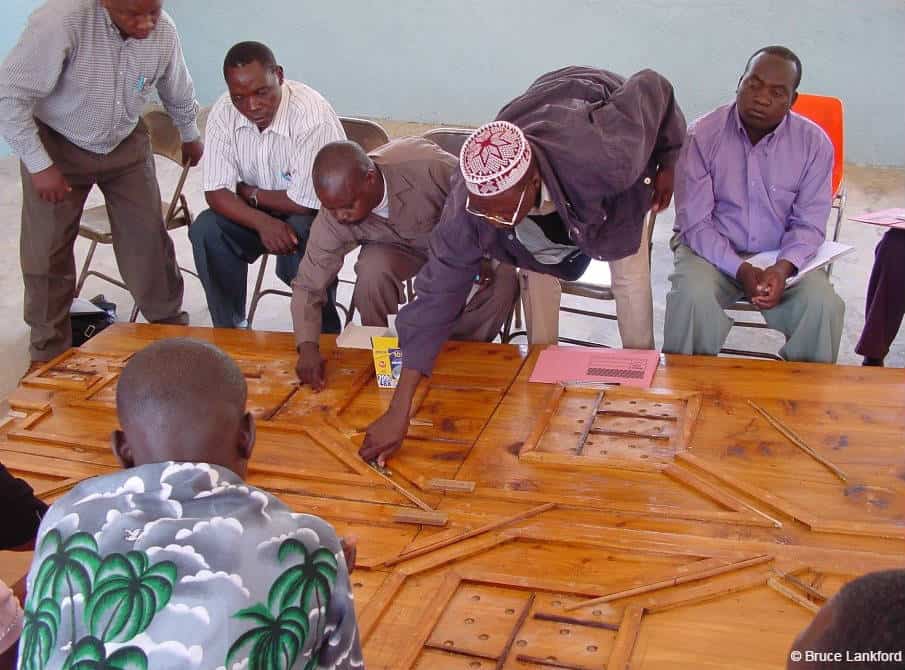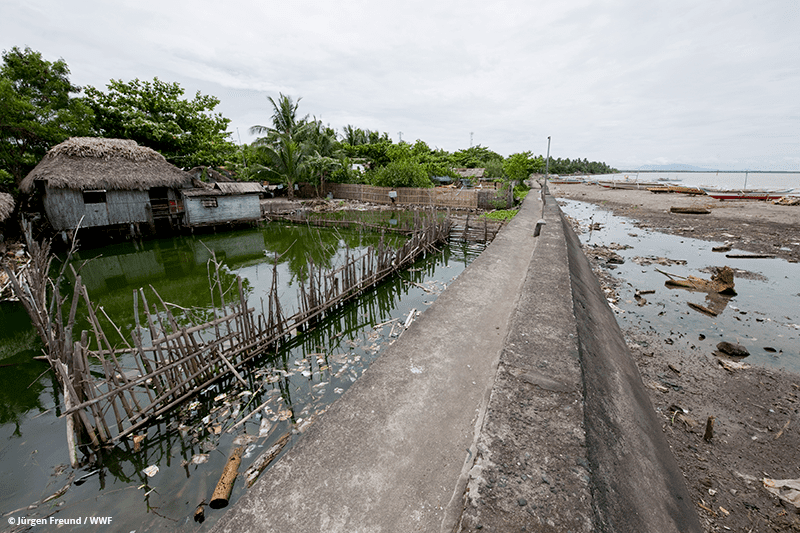En Espanol: Los Estudiantes de la Guía Verde para Inundaciones del Sur de Asia Reflexionan sobre su Experiencia
El equipo de Medio Ambiente y Gestión de Desastres llevó a cabo una capacitación virtual sobre la Guía Verde para Inundaciones en Octubre y Noviembre del 2020. A través de esta capacitación de 10 horas, representantes de ONGs, administradores de agua del gobierno, ingenieros y científicos medioambientales del sur de Asia exploraron la gestión…
Read MoreSouth Asia Flood Green Guide Trainees Reflect on Their Experience
The Environment & Disaster Management team conducted a virtual Flood Green Guide training in October and November 2020. Through this 10-hour course, NGO staff, government water managers, engineers, and environmental scientists across South Asia explored natural and nature-based flood management and risk reduction. Three trainees from distinct backgrounds and different countries reflect on…
Read MoreFilling the knowledge gap between theory and practice
OVERVIEW Flood Green Approaches in Practice (Flood GAP) is an effort led by the WWF Environment and Disaster Management Program to crowdsource information on how and where natural and nature-based water management methods are being used around the world. We recognize that nature-based approaches may have multiple functions. We are particularly interested in emerging better…
Read MoreBogota Urban Land Use Management and Flood Risk Reduction
Colombia’s capital, Bogotá, has a population of 9 million people and is the center of the country’s administrative, financial, cultural and service life. Bogotá is located on a savanna, 2,600 meters above sea level, on the eastern Andean mountain range. The city is crossed by rivers and surrounded by wetlands and mountains. Despite its growing…
Read MoreMeeting Multiple Objectives with Flood Risk Management
Water and sanitation are intrinsically linked to flood risk management, particularly in urban areas. When sewage and drainage infrastructure is unable to keep up with population growth, flood risk is increased; flood risk can also be compounded when outflows, drains and waterways are blocked by debris or encroached upon or occupied by informal settlements. Such a situation…
Read MoreFlash Floods: Alternative Management Options in Kulob City, Tajikistan
The city of Kulob, located in south-center Tajikistan, is an area extremely vulnerable to flash flooding. Typically, between March and May, a combination of heavy rainfall and snow melt flow into normally dry rivers and gullies. Paved streets, dense housing, and the growth of urban areas into the hills above the city make flash flood…
Read MoreFactors in Urban Flooding
Urban flooding typically results from multiple factors at multiple scales. Changes to land use upstream or in the region, or other factors within city limits, can lead to local flooding. The case below illustrates how urban flooding can be managed at different scales. In 1998, intense rainfall led to a severe flood and inundation of…
Read MoreLooking Upstream to Manage Flood Risk: A Pakistan Example
An integrated watershed approach to flood risk management addresses flood risk holistically and can lead to positive outcomes across multiple sectors. The Ayubia National Park (ANP) covers over 7,000 acres (3,000 hectares) in the Galliat region in Khyber Pakhtunkhwa, a northwestern province of Pakistan, and is located within the moist temperate zone of the Himalayan-Karakoram-Hindu…
Read MoreThe Role of Gaming in Water Resource Management
Bruce Lankford at the University of East Anglia in the United Kingdom developed the River Basin Game in 2000 to teach his students about management of shared resources. Dr. Lankford has since traveled to Tanzania, Malawi, Nigeria, South Africa and India and uses the game to engage community water users and municipal officials in the…
Read MoreEmploying Community Participation and Technology to Reduce Flood Risk in the Bicol River Basin
The Bicol River Basin (BRB), located in the southern portion of Luzon Island, Philippines, receives at least 2,000 mm of rainfall per year, primarily during typhoon season, and experiences regular flooding. In 2008, Christian Aid launched a pilot project, Reduction of Flood Risk in the Bicol River Basin II (BRB2), as a part of their…
Read More
